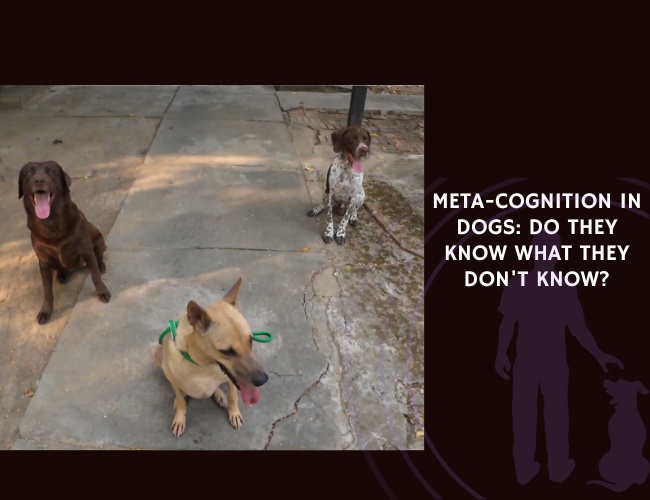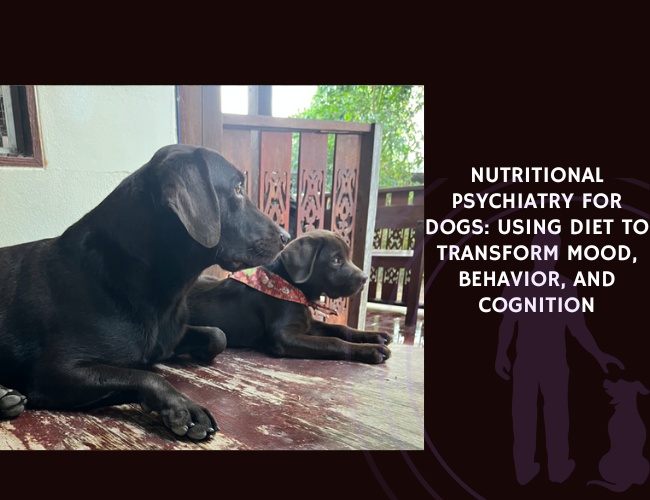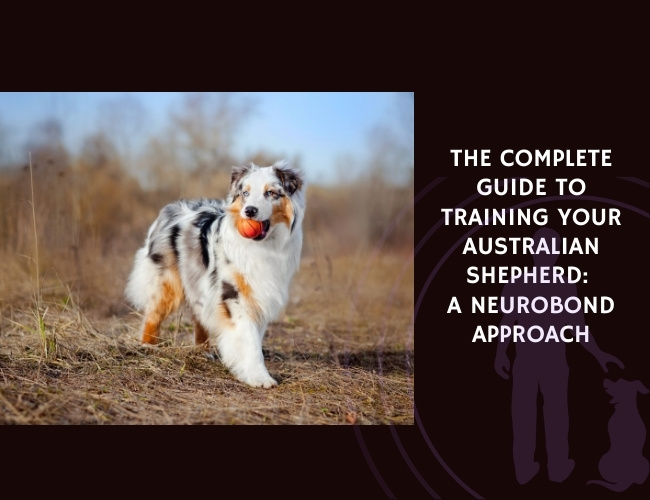Attachment theory identifies the safe haven effect as a central feature of human relationships, where the presence of an attachment figure reduces stress in threatening situations. A 2013 study published in PLoS ONE provides strong evidence that dogs experience a comparable phenomenon with their owners.
The research team, led by Márta Gácsi, studied 30 dogs exposed to a threatening stranger under two conditions: when alone and when accompanied by their owner. Using non-invasive telemetric monitoring, the researchers measured heart rate (HR) and heart rate variability (HRV) before, during, and after each encounter, alongside observations of stress-related behaviors.
Results showed that dogs exhibited distress vocalizations when separated from their owners and that encounters with the threatening stranger increased heart rate while lowering HRV, especially in behaviorally reactive dogs that barked or growled. However, the increase in HR was significantly less pronounced when the dog faced the stranger with their owner present. This demonstrates that the owner’s presence directly buffered the dog’s physiological stress response.
Importantly, the study also found that the order of encounters mattered. Dogs who first experienced the threatening approach in their owner’s presence showed attenuated stress responses during a later encounter without their owner, suggesting a lasting protective effect.
These findings highlight the profound role of owners as a safe haven, similar to the role of parents for infants. Beyond companionship, owners provide a unique form of emotional security that reduces both behavioral and physiological markers of stress in dogs, even influencing future encounters with the same threat.
Source: Gácsi, M., Maros, K., Sernkvist, S., Faragó, T., & Miklósi, Á., PLoS ONE, March 4, 2013. https://doi.org/10.1371/journal.pone.0058457










